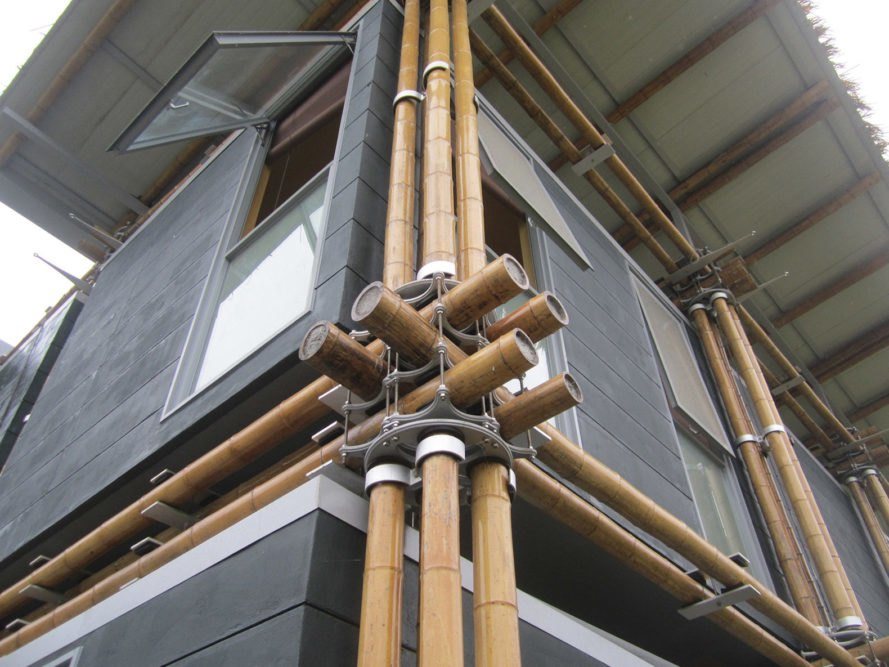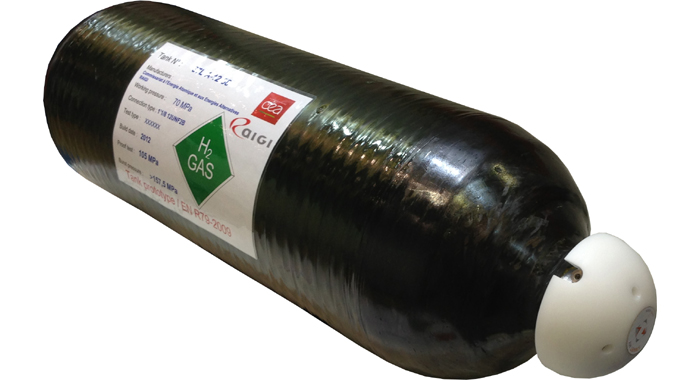
 2
2




Due to Exponential Demography (from 2.5 to 7.5 billions poeple in my life time) this planet is dying




Sometimes the answer is nothing

 6
6




A human being should be able to change a diaper, plan an invasion, butcher a hog, conn a ship, design a building, write a sonnet, balance accounts, build a wall, set a bone, comfort the dying, take orders, give orders, cooperate, act alone, solve equations, analyze a new problem, pitch manure, program a computer, cook a tasty meal, fight efficiently, die gallantly. Specialization is for insects.
-Robert A. Heinlein




A human being should be able to change a diaper, plan an invasion, butcher a hog, conn a ship, design a building, write a sonnet, balance accounts, build a wall, set a bone, comfort the dying, take orders, give orders, cooperate, act alone, solve equations, analyze a new problem, pitch manure, program a computer, cook a tasty meal, fight efficiently, die gallantly. Specialization is for insects.
-Robert A. Heinlein




Due to Exponential Demography (from 2.5 to 7.5 billions poeple in my life time) this planet is dying
 2
2




A human being should be able to change a diaper, plan an invasion, butcher a hog, conn a ship, design a building, write a sonnet, balance accounts, build a wall, set a bone, comfort the dying, take orders, give orders, cooperate, act alone, solve equations, analyze a new problem, pitch manure, program a computer, cook a tasty meal, fight efficiently, die gallantly. Specialization is for insects.
-Robert A. Heinlein




Due to Exponential Demography (from 2.5 to 7.5 billions poeple in my life time) this planet is dying




A human being should be able to change a diaper, plan an invasion, butcher a hog, conn a ship, design a building, write a sonnet, balance accounts, build a wall, set a bone, comfort the dying, take orders, give orders, cooperate, act alone, solve equations, analyze a new problem, pitch manure, program a computer, cook a tasty meal, fight efficiently, die gallantly. Specialization is for insects.
-Robert A. Heinlein




Due to Exponential Demography (from 2.5 to 7.5 billions poeple in my life time) this planet is dying
 1
1




Due to Exponential Demography (from 2.5 to 7.5 billions poeple in my life time) this planet is dying





Due to Exponential Demography (from 2.5 to 7.5 billions poeple in my life time) this planet is dying
 1
1




A human being should be able to change a diaper, plan an invasion, butcher a hog, conn a ship, design a building, write a sonnet, balance accounts, build a wall, set a bone, comfort the dying, take orders, give orders, cooperate, act alone, solve equations, analyze a new problem, pitch manure, program a computer, cook a tasty meal, fight efficiently, die gallantly. Specialization is for insects.
-Robert A. Heinlein




A human being should be able to change a diaper, plan an invasion, butcher a hog, conn a ship, design a building, write a sonnet, balance accounts, build a wall, set a bone, comfort the dying, take orders, give orders, cooperate, act alone, solve equations, analyze a new problem, pitch manure, program a computer, cook a tasty meal, fight efficiently, die gallantly. Specialization is for insects.
-Robert A. Heinlein





Due to Exponential Demography (from 2.5 to 7.5 billions poeple in my life time) this planet is dying




A human being should be able to change a diaper, plan an invasion, butcher a hog, conn a ship, design a building, write a sonnet, balance accounts, build a wall, set a bone, comfort the dying, take orders, give orders, cooperate, act alone, solve equations, analyze a new problem, pitch manure, program a computer, cook a tasty meal, fight efficiently, die gallantly. Specialization is for insects.
-Robert A. Heinlein





Due to Exponential Demography (from 2.5 to 7.5 billions poeple in my life time) this planet is dying





Due to Exponential Demography (from 2.5 to 7.5 billions poeple in my life time) this planet is dying




Due to Exponential Demography (from 2.5 to 7.5 billions poeple in my life time) this planet is dying





Due to Exponential Demography (from 2.5 to 7.5 billions poeple in my life time) this planet is dying




Due to Exponential Demography (from 2.5 to 7.5 billions poeple in my life time) this planet is dying




A human being should be able to change a diaper, plan an invasion, butcher a hog, conn a ship, design a building, write a sonnet, balance accounts, build a wall, set a bone, comfort the dying, take orders, give orders, cooperate, act alone, solve equations, analyze a new problem, pitch manure, program a computer, cook a tasty meal, fight efficiently, die gallantly. Specialization is for insects.
-Robert A. Heinlein




Due to Exponential Demography (from 2.5 to 7.5 billions poeple in my life time) this planet is dying








Due to Exponential Demography (from 2.5 to 7.5 billions poeple in my life time) this planet is dying




Josh Garbo wrote:Chris, I would think Willow or Hybrid Poplar would be a good biomass alternative to bamboo below zone 6. Phyllostachys seems to do best at zones 7 or higher in the US East Coast climate (though there are folks doing pretty well with them in the Appalachian mountains at zones 6 and below). As you go past 7 you can produce more biomass and introduce more varieties, but heat becomes more of a concern until plants are properly established. My understanding is that zone 7 is a sweet spot, though maybe that's a bias based on where I am located and have done my research!
In regards to your other point, I'm pretty sure bamboo produces more biomass than hemp, in fact bamboo produces more biomass and carbon sequestration than pretty much anything (in the right climate), though of course hemp has other more specialized applications (rope, etc).
A human being should be able to change a diaper, plan an invasion, butcher a hog, conn a ship, design a building, write a sonnet, balance accounts, build a wall, set a bone, comfort the dying, take orders, give orders, cooperate, act alone, solve equations, analyze a new problem, pitch manure, program a computer, cook a tasty meal, fight efficiently, die gallantly. Specialization is for insects.
-Robert A. Heinlein




Jean Pierre Michotte wrote:[color=red]To Josh Garbo, from "Porto no Portugal" - Post 15 31/07/2019 9.53
I like very much your approach, Maybe you could also folow Chris Kott, He as similar concerns.
As you know from my preceeding posts, we are consultants acting to make public the "Amazing Bamboo Perspective" This a the reason I entitled "Bamboo - Marker of Civilisation" all my "works" .
I am working to define a list of suitable bamboo spécies for each climatic Zone. It would look like the table below :
[Climatic Zone and Bamboo]
||Country| Province ||Climatic Zone||Bamboo Species|| Application ||
|Portugal |Porto, Douro| |Fargesia |Ornamental, Living Fence|
[/table]
Then I would add a list of links
- Climatic Zone.
- Soil Type
- Description of retained species of Bamboo.
Climatic Zones in Portugal.
When it is in suitable state of progress, we would open a page in "Wikipedia" to help people to decide without the influence of the "Plant Seller"
What do you think about it ?
Jean Pierre Michotte.
A human being should be able to change a diaper, plan an invasion, butcher a hog, conn a ship, design a building, write a sonnet, balance accounts, build a wall, set a bone, comfort the dying, take orders, give orders, cooperate, act alone, solve equations, analyze a new problem, pitch manure, program a computer, cook a tasty meal, fight efficiently, die gallantly. Specialization is for insects.
-Robert A. Heinlein




Due to Exponential Demography (from 2.5 to 7.5 billions poeple in my life time) this planet is dying




Due to Exponential Demography (from 2.5 to 7.5 billions poeple in my life time) this planet is dying




Due to Exponential Demography (from 2.5 to 7.5 billions poeple in my life time) this planet is dying




Due to Exponential Demography (from 2.5 to 7.5 billions poeple in my life time) this planet is dying





Due to Exponential Demography (from 2.5 to 7.5 billions poeple in my life time) this planet is dying




Due to Exponential Demography (from 2.5 to 7.5 billions poeple in my life time) this planet is dying
 1
1








Due to Exponential Demography (from 2.5 to 7.5 billions poeple in my life time) this planet is dying




Chris Kott wrote:
On the lower-tech end of things, I was thinking that if it were cured properly, bamboo might make an excellent corrosion-proof replacement for rebar in reinforced concrete construction in temperate climates, as rebar tends to push concrete apart when it begins to rust, as bamboo does not and, therefore, will not.
Still able to dream.






Due to Exponential Demography (from 2.5 to 7.5 billions poeple in my life time) this planet is dying




Due to Exponential Demography (from 2.5 to 7.5 billions poeple in my life time) this planet is dying








Due to Exponential Demography (from 2.5 to 7.5 billions poeple in my life time) this planet is dying
 2
2





Due to Exponential Demography (from 2.5 to 7.5 billions poeple in my life time) this planet is dying





Due to Exponential Demography (from 2.5 to 7.5 billions poeple in my life time) this planet is dying





Due to Exponential Demography (from 2.5 to 7.5 billions poeple in my life time) this planet is dying

|
Remember to always leap before you look. But always take the time to smell the tiny ads:
The new permaculture playing cards kickstarter is now live!
https://www.kickstarter.com/projects/paulwheaton/garden-cards
|





